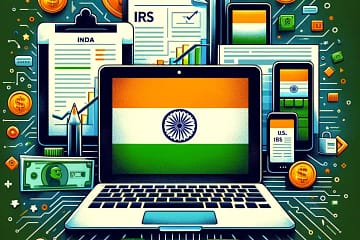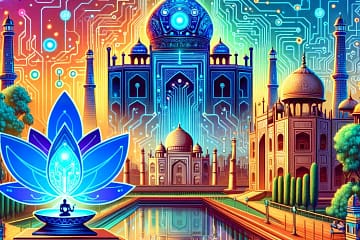Disclaimer: This is purely based on the 1982 movie Gandhi and may have no correlation with the real lives of personnel involved in India’s struggle for freedom from the colonial rule of the British empire. This blog only focuses on Mohandas Karamchand Gandhi and his transformation from a suit-boot lawyer to a dhoti-clad Mahatma.
Innocence of Mohandas
Mohandas was kicked out of his train. Imagine being kicked out of the first class of a train in British-ruled South Africa in 1893 because of the color of your skin. Most would go along with it and that’s where Mohandas Gandhi was different. At that moment he realized that irrespective of wealth, status, and power, Indians would be considered second-class citizens. Once this was visible, he couldn’t unsee it. From passing on the sidewalk to the passing of laws, there was an inequality that was somehow universally acceptable to all races, not just the whites. Mohandas knew that he alone cannot change the world but he can change himself. His non-violent protests landed him in prison. Seeing a white-collar person defying the unjust white laws motivated the populous and they joined him. On the basis of his racial experience, he fought the laws and the mindset of the population eventually winning over the hearts and minds of the oppressed and the intellectuals. His transformation towards Mahatma had started.
Fear of extremism
When he returned to India, he was greeted with fanfare as the person who has won against the British in South Africa. That would have been enough achievement for a lifetime for anyone but Mahatma Gandhi. He was instantly made aware of the Indian demand for Home Rule but he did not fall in line with the demands of moderates and extremists. He wanted the decision of new rulers to be made by all the Indians, not just a pocket of intellectuals. While most political leaders talked, he listened. This led him to Champaran where the non-violent protest rocked the British and re-energized the freedom struggle. The strategy that worked in South Africa, worked in rural India as well. But there was a major difference in the socio-economic situations of the two countries.
Power of the masses
South Africa was divided on the basis of race. British-ruled India was divided on the basis of race as well as religion. So when a Hindu actively supported the Khilafat movement, it unified the two religions, temporarily putting a halt to the communal riots. Mahatma Gandhi’s vision for a free India was of a united India and he persisted towards it with all his might, despite the detractors.
Mahatma Gandhi giving the boot to the British
He knew that to dismantle the British rule, he had to find the core reason of how a hundred thousand aliens could govern 350 million natives. This is when he decided that Indians would not co-operate with the British anymore and Indians followed him to the letter. The Jallianwala Bagh massacre and Gandhi’s non-violent response swayed everyone towards his belief in non-violence and non-cooperation. Gandhi added the call for ‘Swadeshi goods’ to the mix and the Chakra was reinvented. Throughout the 1920s, 1930s, and 1940’s he kept on innovating and executing ideas that would result in two outcomes: peacefully hurt the British oppressors and invigorate the Indians across wealth, status, caste, and religion.
Seeking Independence
Mahatma Gandhi declared 26th January 1929 as the Independence day of India without the acknowledgment of the British. Then he went on a 240 miles march to Dandi to peacefully protest against British control of the salt. He was as outcome-driven as he was process-driven. Civil disobedience made the British free all political prisoners as well. When Indians were forced to fight in the WWII, Quit India movement was launched. Even though the Allied forced won again the one-man blitzkrieg of Adolf Hitler, the most powerful colonial empire collapsed against the might of a dhoti-clad Mahatma. But the divide and rule policy that helped the British rule India for over three centuries culminated in the partition of India on the basis of religion. It broke Mahatma’s heart and he didn’t participate in the ceremony of India’s first Independence Day on 15th August 1947.
Mahatma Gandhi, the sage and his spirit
Throughout Mahatma Gandhi’s involvement in the Indian struggle for freedom, he tried to keep the Indians united. The only thing that the British feared more than acceding to the demands of Gandhi was Gandhi dying. Every time Gandhi was arrested, there was a revolution against the British. Gandhi’s hunger strike was one of the most powerful weapons against the British and the glue that kept Indians united. Even post the partition, Gandhi went on the hunger strike that urged the newly formed Indian citizens to stop the communal riot. No one knows what would have happened if Gandhi wasn’t assassinated before he could visit Pakistan. Also, no one knows what would have happened if a non-Hindu nationalist had assassinated Gandhi. The only thing everyone knows is that there would be no independence without the Mahatma.
Note: In case you are looking for a Product Management course, I would highly recommend joining this cohort-based course – ISB Executive Education – Product Management program
PS: You can connect with me for review or referral discount (link for referral discount)


